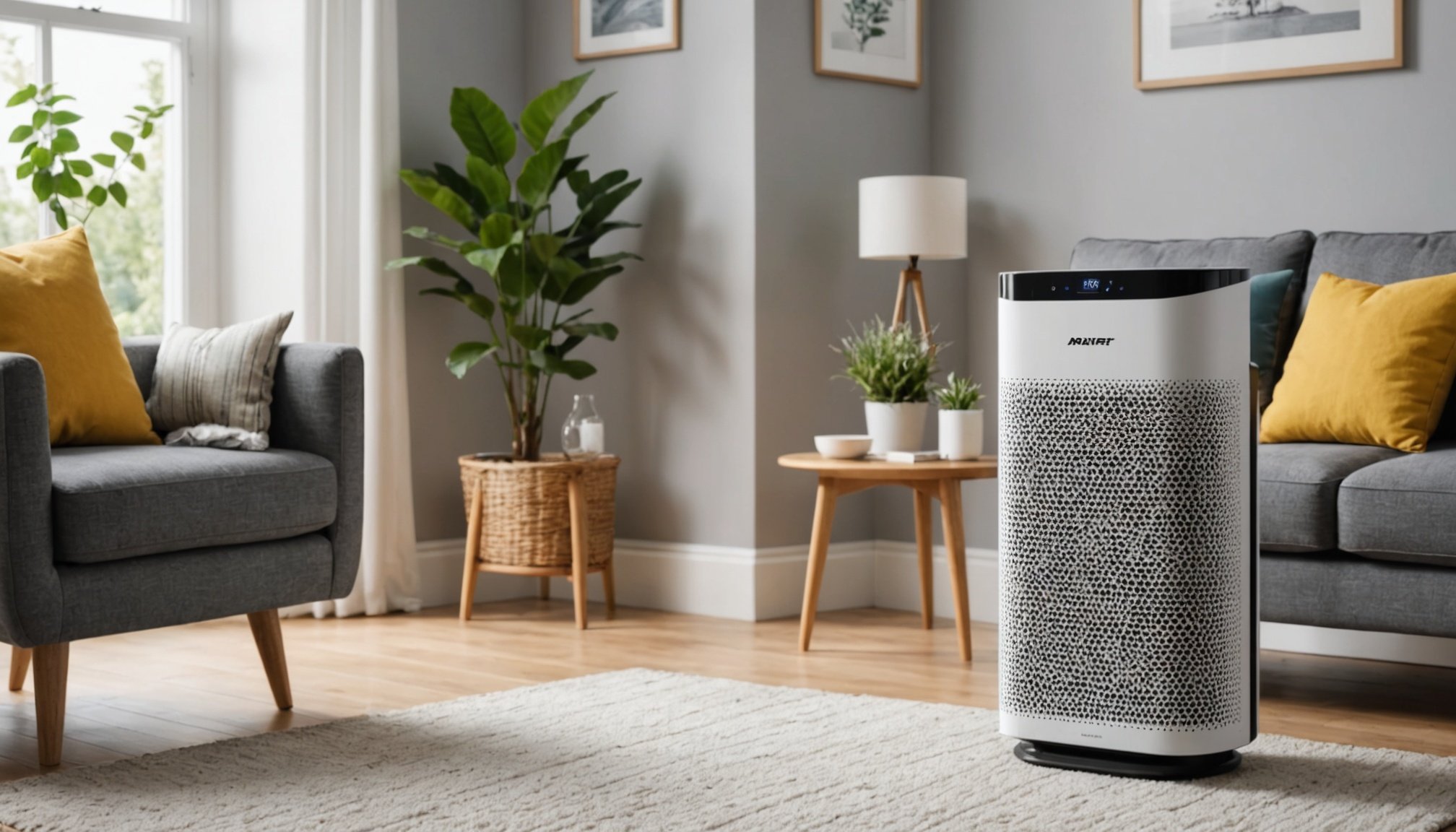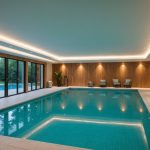Overview of Pollen Allergies and Indoor Air Quality
Pollen allergies are a common issue affecting a significant portion of the population in the UK. These allergies occur when the immune system reacts to pollen particles, triggering symptoms like sneezing, congestion, and itchy eyes. When outdoor pollen levels rise, maintaining good indoor air quality becomes essential for those with pollen allergies. Poor indoor air quality can exacerbate allergy symptoms, as pollen particles often make their way indoors through windows, doors, and on clothing.
Ensuring optimal indoor air quality is crucial for mitigating the health impact on allergy sufferers. This can be especially trying during pollen season, when the air is saturated with allergens. One effective solution is using air purifiers, which filter out pollen and other airborne pollutants.
Cela peut vous intéresser : Top Humidity Control Solutions to Safeguard Musical Instruments in Your UK Home
Air purifiers are particularly beneficial because they can remove a large percentage of allergens and particulates from the air, reducing the risk of allergic reactions. During peak pollen months, using an air purifier can significantly enhance the quality of life for those affected.
Thus, understanding the relationship between pollen allergies and indoor air quality, and employing effective air cleaning strategies, plays a pivotal role in managing health impacts associated with allergies.
A lire également : Discover the Best Methods for Efficiently Recycling Small Electronics in the UK
Top Air Purifiers for Pollen Allergies in the UK
Choosing the best air purifier to combat pollen allergies can feel confusing due to the variety of options available. Let’s explore the most effective models.
Model Comparison
When evaluating air purifiers for pollen allergies, key factors include filtration technology and user feedback. Top-rated models like the Dyson Pure Cool, Blueair Classic, and Levoit Core 300 stand out for their advanced filtration capabilities. Each model employs HEPA technology, which is crucial in capturing pollen particles. Users frequently praise these models for their ability to significantly reduce allergy symptoms by filtering out airborne allergens.
Features to Look For
Essential features to consider in best air purifiers include HEPA filters, which are proven to trap fine particles. Smart technology, allowing remote operation and monitoring, enhances convenience. Noise levels are another important aspect, as quieter models are more suited for continuous operation, especially at night. Considering these factors can prevent pollen from causing discomfort in your home.
Recommended Brands and Models
Brands like Dyson, Blueair, and Levoit are renowned for producing top-tier air purifiers specifically designed to tackle pollen allergies. Models like the Dyson Pure Cool offer effective solutions, with prices varying based on features. These air purifiers are available at major retailers, both online and in physical stores, ensuring easy access to relief from pollen discomfort.
Tips for Selecting the Right Air Purifier
When choosing air purifiers, understanding the needs of your home environment is crucial. Considerations such as the home size and layout play a significant role. For example, a purifier that works excellently in a cosy studio might not perform well in an expansive open-plan living space. Select a model with a coverage area that matches the square footage of the room you intend to use it in.
Another important aspect is the filter replacement frequency and cost. Some air purifiers are equipped with filters that need frequent replacements, which can add up over time. Opt for models with longer-lasting filters or those with washable filters to reduce ongoing costs. The initial buying guide might overlook these long-term expenses, so it’s vital to factor them into your decision.
For allergy sufferers, paying attention to the purifier’s filtration capabilities is essential. High-efficiency particulate air (HEPA) filters are effective and capable of trapping allergens. Also, check if the air purifier has additional features such as activated carbon filters, which can eliminate odours and some gases. These considerations result in a healthier indoor atmosphere, particularly beneficial during peak allergy seasons. Keep these factors in mind, and you will make a more informed and cost-effective purchase.
Maintenance and Care for Air Purifiers
Proper air purifier maintenance is essential for ensuring your device runs efficiently and lasts longer. Routine maintenance tasks improve the unit’s performance and make sure your indoor air remains clean and fresh.
Firstly, regularly checking and cleaning filters is a must. Dirty filters reduce the purifier’s efficiency and can lead to lower air quality. Follow the manufacturer’s cleaning tips for the specific filter type used in your model, which typically involves either washing or replacing it every few months. For washable filters, gentle rinsing with water is often recommended, followed by thorough drying, while non-washable filters should be replaced as per the guidelines.
Next, pay attention to the entire unit by dusting off the exterior and vacuuming vents to prevent obstruction of airflow. Use a soft, damp cloth for cleaning the body, avoiding harsh chemicals that might damage the unit.
It’s also crucial to be aware of signs indicating maintenance needs, such as reduced airflow or unusual noises. If the air purifier struggles to maintain the quality of air or if the indicator lights suggest filter replacement, it’s time for a check-up.
Adopting these best practices can help in extending the longevity of your air purifier, keeping your indoor environment healthy and pollutant-free.
Conclusion and Summary of Recommendations
Selecting the right air purifier can significantly improve your indoor air quality. After evaluating various models, several key takeaways emerge. An effective air purifier should not only capture airborne particles but also be energy-efficient and quiet. It’s vital to consider your specific needs, like allergy relief or pet dander elimination.
For those battling allergies, an air purifier with a True HEPA filter is highly recommended. Final thoughts on this include ensuring the purifier has a CADR rating suitable for your room size. If you’re concerned about energy consumption, look for models with an Energy Star rating.
Before the pollen season begins, it’s advisable to purchase and set up your air purifier. Acting early helps create a cleaner environment and prevents allergen build-up. Think about the location of the purifier; centralizing it can enhance efficiency.
For households with pets, consider models that target pet dander, ensuring your air stays fresh and clean. Always remember that regular maintenance, such as changing filters, plays a crucial role in the effectiveness of any device.
In summary, be proactive. Assess your environment, understand your needs, and choose a purifier that aligns with those requirements. Ensuring clean air is just a decision away.











